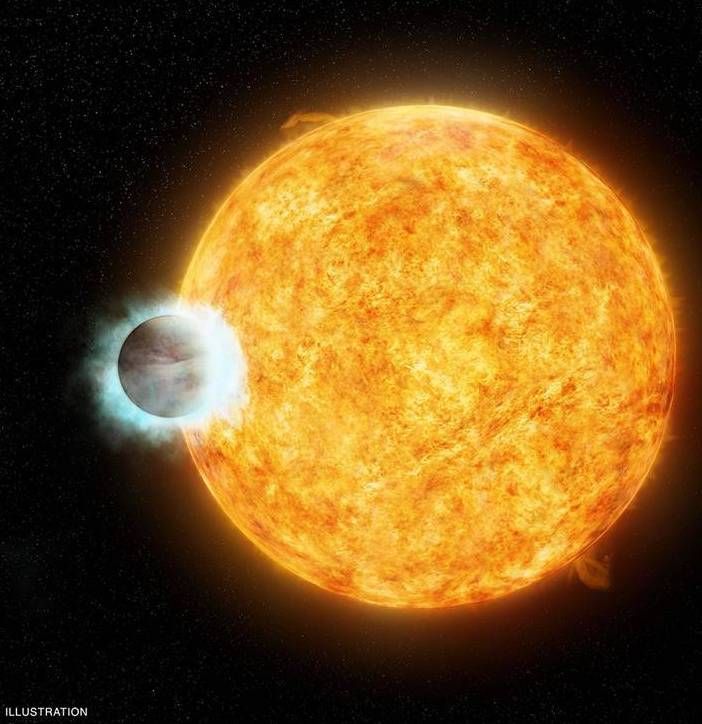A Real-Life Deluminator for Spotting Exoplanets by Reflected Starlight
By Supriya Chakrabarti 3 hours ago
 An artist's conception of WASP-18b, a giant exoplanet that orbits very close to its star.
An artist's conception of WASP-18b, a giant exoplanet that orbits very close to its star.
(Image: © X-ray: NASA/CXC/SAO/I.Pillitteri et al; Optical: DSS)
This article was originally published at The Conversation. The publication contributed the article to Space.com's Expert Voices: Op-Ed & Insights.
Supriya Chakrabarti, Professor of Physics, University of Massachusetts Lowell
Perhaps you remember the opening scene of "Harry Potter and the Sorcerer's Stone" that took place on Privet Drive. A bearded man pulled a mysterious device, called a deluminator, from his dark robe and one by one the lights from the street lamps flew into it.
For the last decade or more, Muggles around the world – including me – have been busy designing and perfecting a similar device called a coronagraph. It blocks light from stars so scientists can take pictures of planets orbiting them – the exoplanets.
More than 500 years ago Italian friar Giordano Bruno postulated that stars in the night sky were like our Sun with planets orbiting them, some of which likely harbored life. Starting in the 1990s, using ground-based and satellite observations astronomers have gathered evidence of the existence of thousands of extra-solar planets or exoplanets. The discovery of exoplanets earned the 2019 Nobel Prize in Physics.
The next major milestone in exoplanetary research is imaging and characterizing Jupiter-sized exoplanets in visible light because imaging Earth-size planets is much more difficult. However, imaging exo-Jupiters would show that astromomers have all necessary tools to image and characterize Earth-size planets in the habitable zones of nearby stars, where life might exist. Space missions capable of imaging exo-Earths in their habitable zones, such as Habitable Exoplanet Observatory or HabEx and Large UV/Optical/IR Surveyor or LUVOIR, are currently being designed by scientists and engineers around the globe and are at least a decade away from their flight.
More:
https://www.space.com/a-real-life-deluminator-for-spotting-exoplanets-by-reflected-starlight.html
